Starfield outposts: how to set up your ideal home in space
1,000 planets to choose from? I'm more concerned with how many sofa options are available.
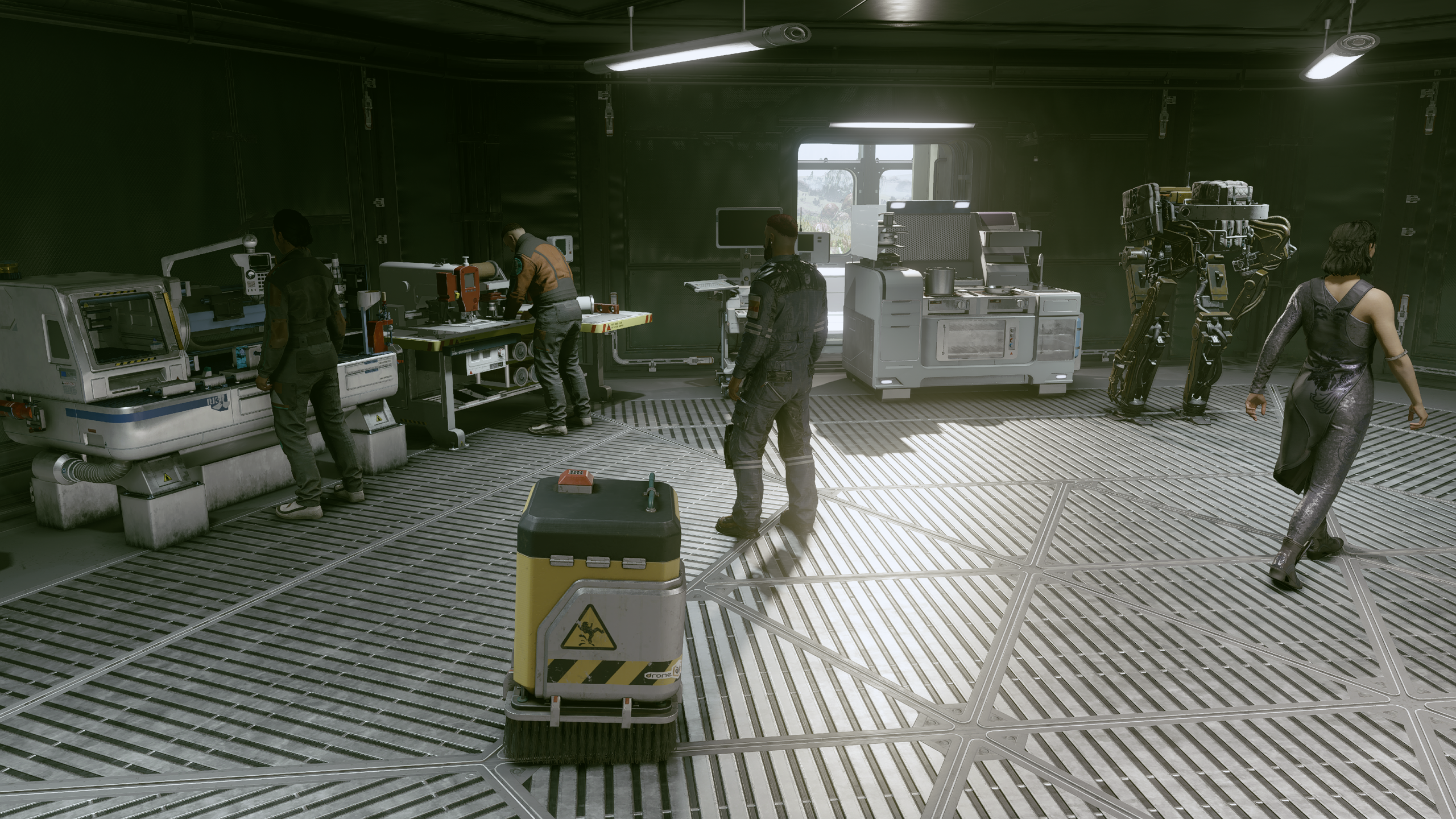
The best thing about Starfield outposts is that you will be building them in the far reaches of space, where Preston Garvey can never bug you about a settlement that needs help ever again. That said, you still need to build the thing, and that's where this guide comes in—everything you need to know about your home away from home.
While your buildings will clearly need to be able to withstand the potentially hostile atmosphere of the planet you choose to set up base on, that doesn't mean that you need to scrimp on the furniture or decorations. Of course, outposts have a very practical purpose too, allowing you to mine the planet's resources, set up research stations, or simply give you extra storage space.
With that in mind, here's how to build your very own Starfield outpost, and what you need to do to unlock it.
Starfield outposts: How they work
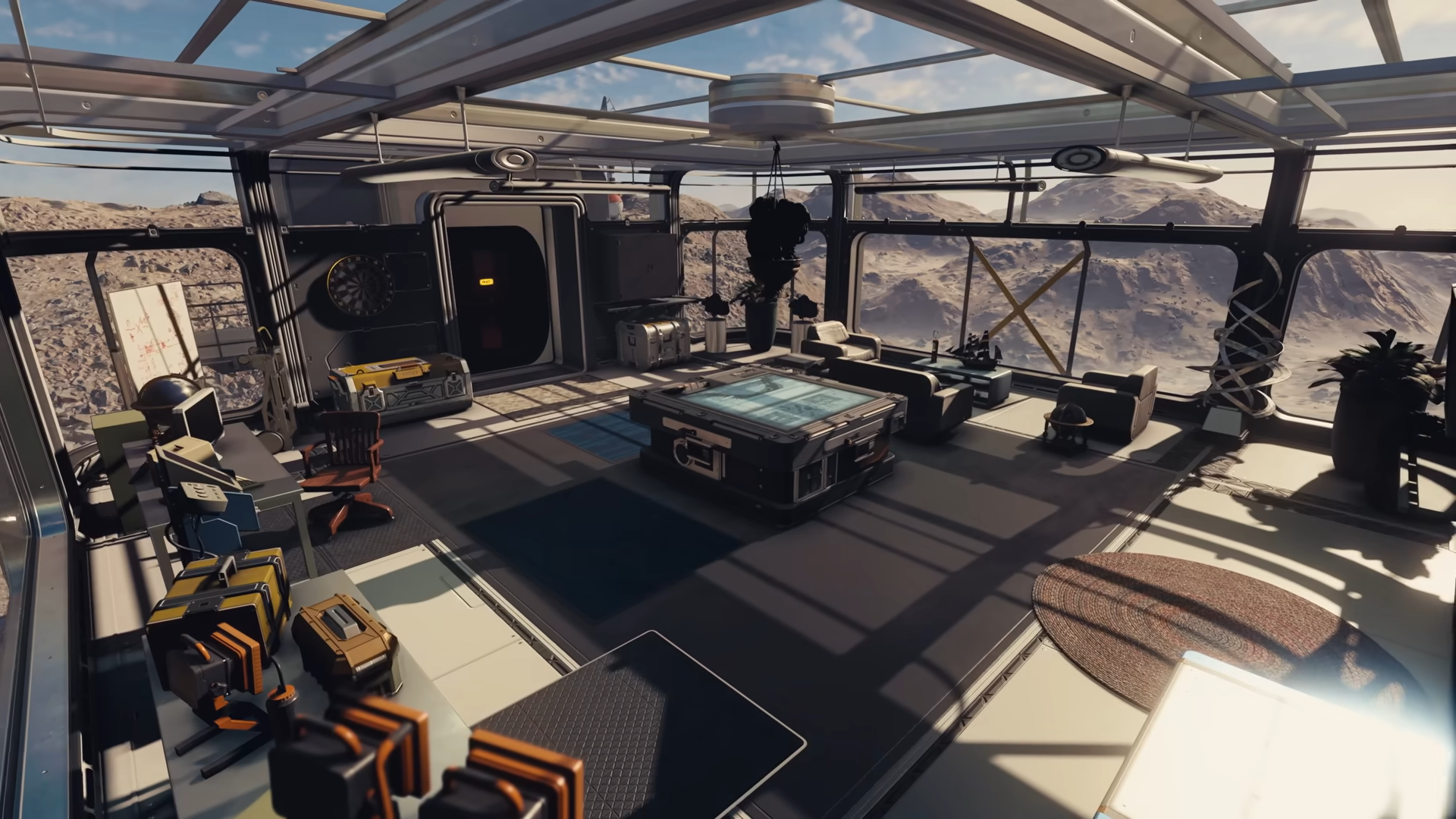

Starfield guide: Our hub of advice
Starfield console commands: Every cheat you need
Starfield mods: Space is your sandbox
High-Tensile Spidroin: Rare crafting resource
Starfield companions: All your recruitable crew
Starfield romance options: Space dating
To build an outpost in Starfield, you're going to need materials like iron and aluminum, initially, and these will have to be purchased or gathered, then loaded up into your ship for transport to the outpost site. Once you have one or more outposts chugging along, though, you'll be able to have them gather resources passively.
Just be aware that not all resources needed for outpost construction are available on every planet. So, when picking a main base, you probably want somewhere that has a lot of the most needed resources available locally. You can also assign crew to your outpost, but you'll need to build a Crew Station first.
If you really want to get into building outposts in a big way, there are some skills you may be interested in which you can rank up to get more benefits. One is from the Social branch of the skill tree, the other three are from Science.
Here are the outpost-related skills:
Outpost Management (Social)
The biggest gaming news, reviews and hardware deals
Keep up to date with the most important stories and the best deals, as picked by the PC Gamer team.
- Rank 1: You can construct improved outpost modules and research additional modules at a Research Lab.
- Rank 2: You can research and construct superior outpost modules.
- Rank 3: You can research and construct cutting-edge outpost modules.
- Rank 4: Outpost modules now cost 50% fewer resources to build.
Outpost Management (Science)
- Rank 1: Additional cargo links can be placed at outposts.
- Rank 2: Additional robots can be constructed at outposts.
- Rank 3: Additional crew can be assigned at outposts.
- Rank 4: Outpost extractors produce twice as fast.
Planetary Habitation (Science)
- Rank 1: You can build outposts on planets with extreme temperatures (Deep Freeze and Inferno). Increase the maximum number of outposts you can build by four.
- Rank 2: You can build outposts on planets with extreme pressure. Increase the maximum number of outposts you can build by eight.
- Rank 3: You can build outposts on planets with toxic or corrosive atmospheres. Increase the maximum number of outposts you can build by 12.
- Rank 4: You can build outposts on planets with extreme gravity. Increase the maximum number of outposts you can build by 16.
Research Methods (Science)
- Rank 1: Resources required to craft items and complete research projects is reduced by 10%.
- Rank 2: Resources required to craft items and complete research projects is reduced by 20%.
- Rank 3: Resources required to craft items and complete research projects is reduced by 40%.
- Rank 4: Sudden developments during research are twice as common. Resources required to craft items and complete research projects is reduced by 60%.
How to unlock and build your first outpost
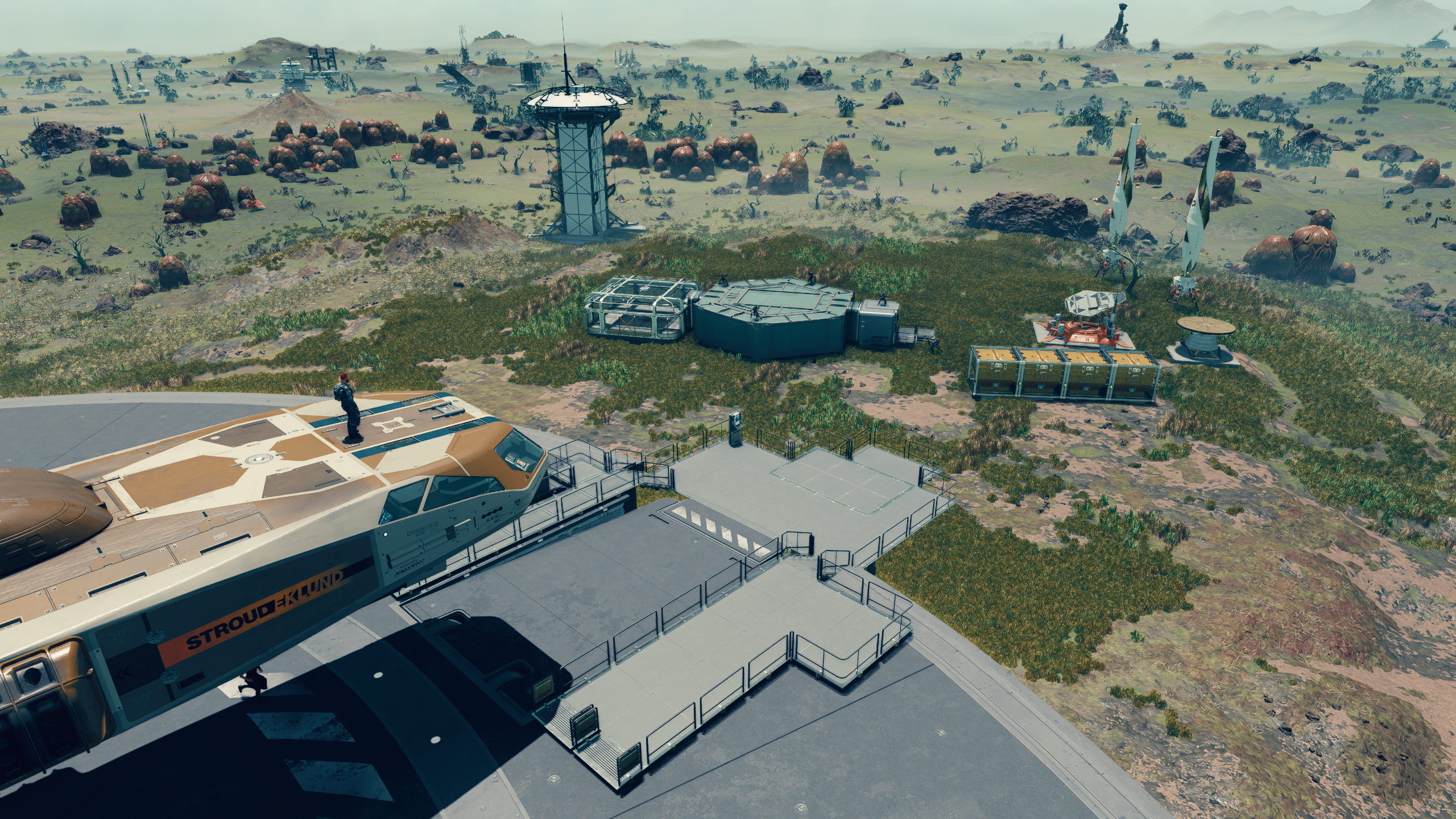
You can build your first outpost very early on in Starfield. In fact, when you arrive at the Lodge on Jemison for the first time, you can speak to Vasco after joining Constellation to learn about building outposts.
Once you find a planet you want to build your outpost on, press F to open the scanner, then R to place the beacon. This basically acts as the place you'll load in whenever you land at your outpost, so it's probably best not to have it at the very edge of a crater, on top of a gas vent, or anything else hazardous. Not that I did that, nope, absolutely not.
Once the beacon is placed, press Tab to select which module to build. You can navigate between the different categories with Z and C, and use your mouse button to rotate to better position them, then press E to build it when you're happy with the placement. You can hit Tab again to modify the placement of existing buildings or create new ones.
Outpost building in Starfield is fully modular and allows you to snap various pieces together in various ways, and some modules even have multiple variants to choose from that serve the same function, allowing you more control over the visual aesthetic of your outpost.
Don't forget that many buildings or modules will need power to function. Each module displays the power needed, and power sources, such as the Solar Array tell you how much power they provide, so you need to make sure you have enough to cover all of your buildings.
Starfield outpost modules: What you can build
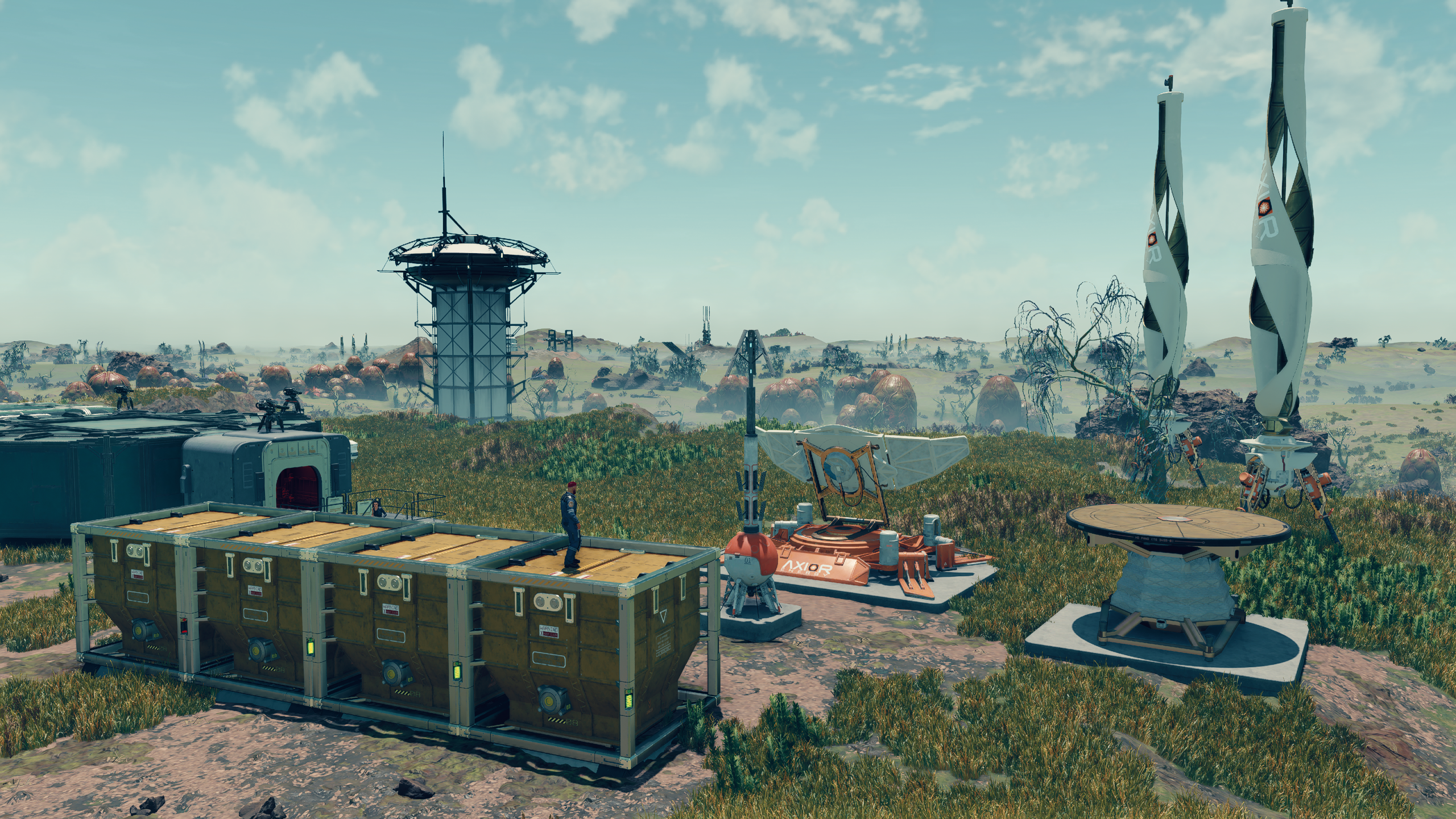
There are 10 different categories of modules, buildings, and decorations to choose from. Here are the types of things you can expect to find in each:
- Extractors: Fairly self-explanatory, this is where you'll find extractors to mine resources.
- Power: This contains anything related to the generation of power for your modules, such as the Solar Array.
- Storage: Anything storage-related. The Transfer Container is particularly useful as you can store stuff from your inventory in there.
- Structures: Now we're getting to the good stuff. This contains buildings used as living quarters, science labs, greenhouses—pretty much any of the big buildings you'll need. Don't forget the airlock!
- Crafting: For workbenches, Research labs, and Cooking Stations.
- Defenses: Keep your outpost safe from space pirates with a turret or two.
- Furniture: Everything you could possibly need to furnish your new home(s). From beds to cabinets, to refrigerators.
- Decorations: Fancy a Dart Board above your Research Lab? This is the category for you. Also includes, rugs, toilets, and towel racks.
- Displays: Sometimes you just want to show off your stuff. The racks found here let you do just that.
- Miscellaneous: Landing Pads, Crew Stations, and Scan Boosters. If you can find it anywhere else, look here.
What to prioritise
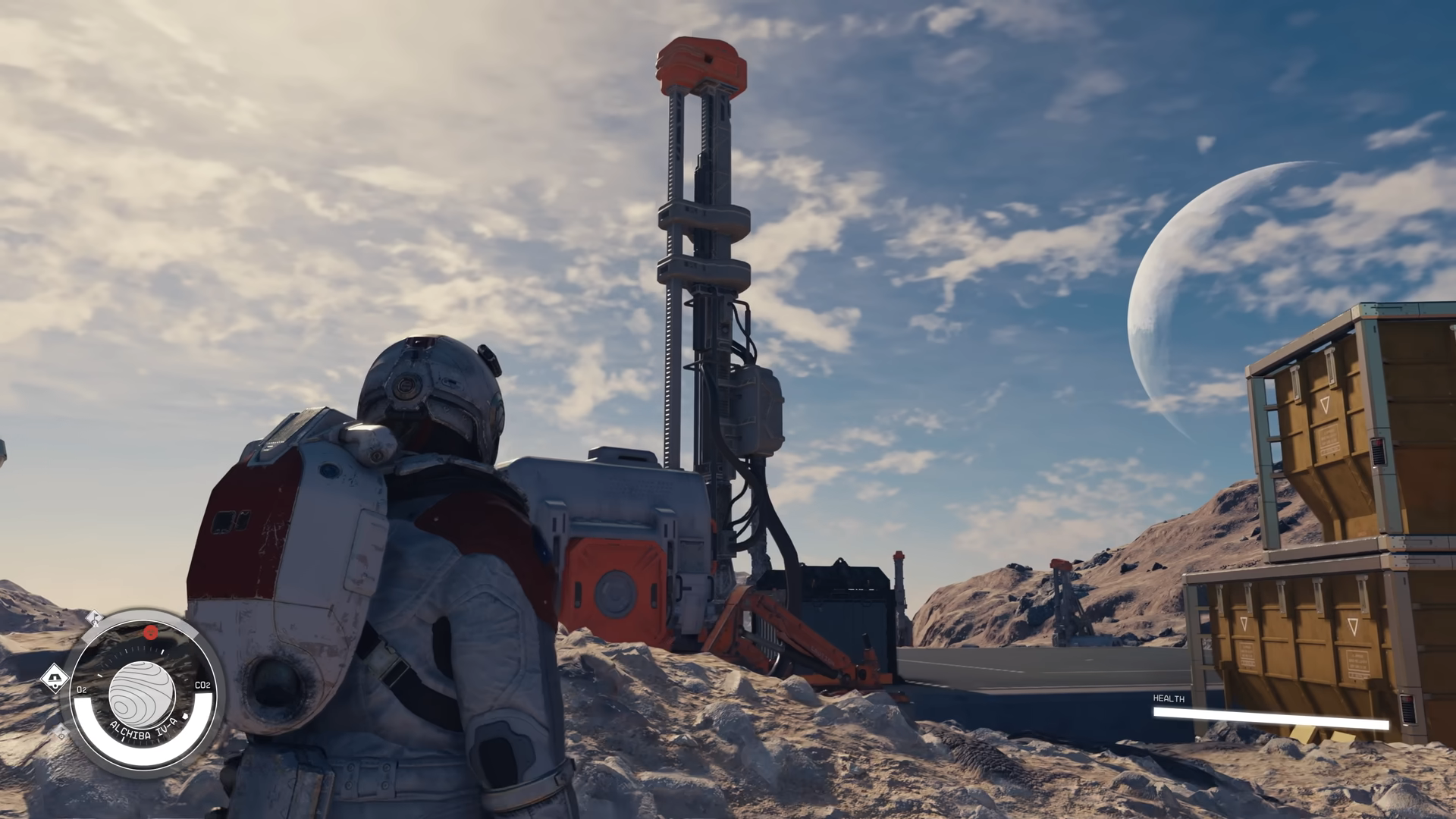
What you should prioritise is going to depend largely on how much focus you want to put on your outposts. If you're only after a bit of extra storage, setting up a Transfer Container gives you a massive amount of extra room to store stuff, but if you're planning on kitting out your outpost extensively, or building a network of them on multiple planets, then you're going to need plenty of Extractors to mine the resources needed.
While I haven't found a way to delete the Outpost Beacon once placed, all other buildings and modules can be removed—while giving you back the resources—so you can experiment for yourself to a certain degree.

Sarah started as a freelance writer in 2018, writing for PCGamesN, TechRadar, GamingBible, Red Bull Gaming and more. In 2021, she was offered a full-time position on the PC Gamer team where she takes every possible opportunity to talk about World of Warcraft and Elden Ring. When not writing guides, most of her spare time is spent in Azeroth—though she's quite partial to JRPGs too. One of her fondest hopes is to one day play through the ending of Final Fantasy X without breaking down into a sobbing heap. She probably has more wolves in Valheim than you.
- Len HaferContributor

